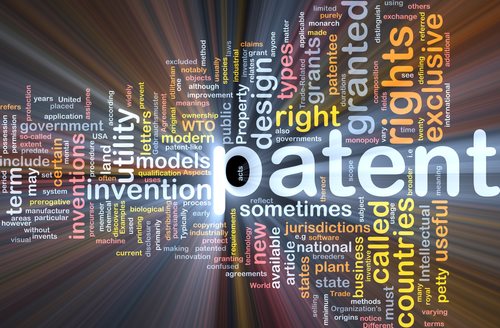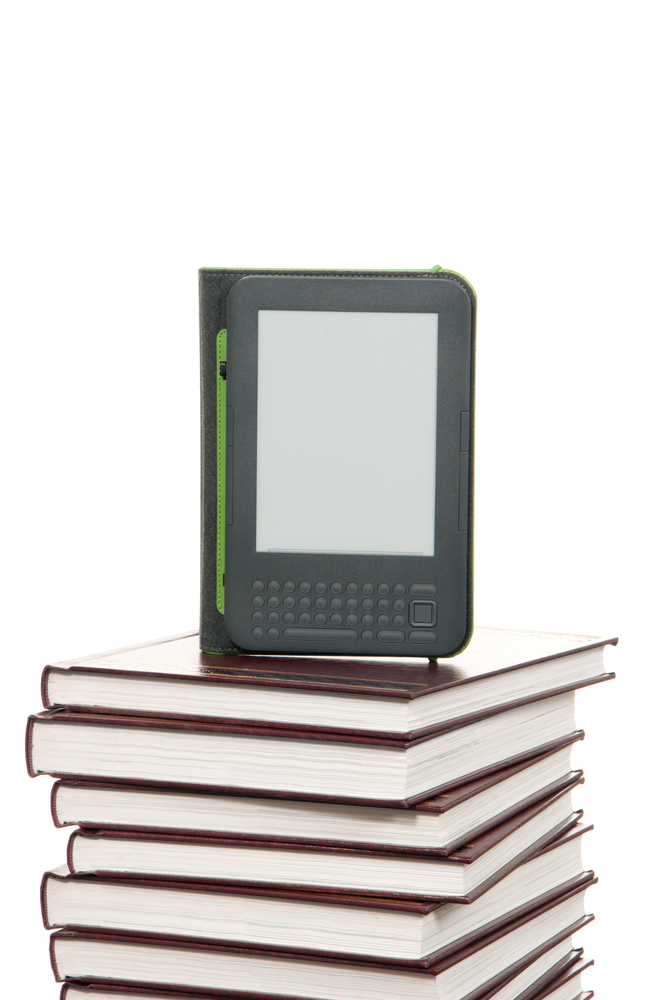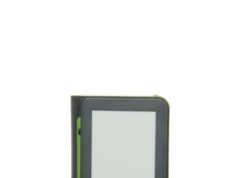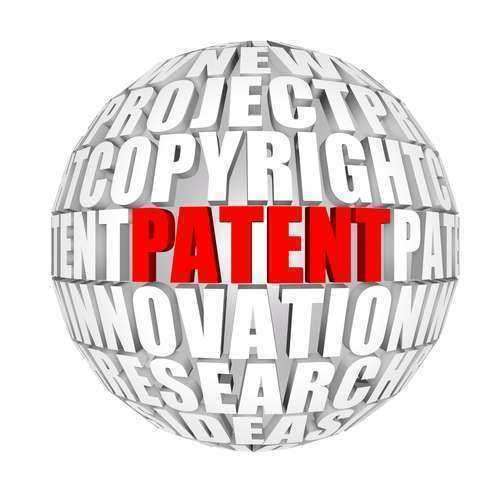
What is a Provisional Patent application?
According to United States patent law, a provisional patent application is a legal document filed in the United States Patent and Trademark Office, which specifically establishes an early filing date, but does not mature into a formalized patent unless the applicant files a regular grant for a patent within one year. In general, there is no such thing as a “provisional patent”; the provisional patent application will include specification, meaning a description or a drawing of an invention.
The application for a provisional patent does not require formal oaths, information disclosure statements, declarations, or patent claims to be delivered by the inventor. Furthermore, as a result of the exclusion of an exanimation of the patentability of the application, the United States Patent and Trademark Office fee for requesting a provisional patent application is significant lower than the fees associated with filing a standard patent application.
The United States Trademark and Patent Office and Provisional Patent Applications:
In the majority of instances, a provisional patent application will establish an early effective filing date in one or more continuing patent applications following the priority date of an invention disclosed in prior provisional patent application by one or more of the same inventors.
The provisional patent application is not examined by the United States Patent and Trademark Office and as a result can never become a formal patent. In addition, the provisional patent application is not published and therefore simply a part of any later non-provisional application which references it and becomes public following the issuance of a patent.
What is a Traditional Patent?
A patent is an exclusive right granted by a state, particularly a national government, to an inventor or assignee, for a limited amount of time in exchange for a public disclosure of an invention or idea.
The procedure for issuing patents, the requirements placed on the holder of the patent and the extent to which the exclusivity rights protect the invention or idea will vary widely between countries based on particular national law and international agreement. In most cases, a patent application will include one or more claims to define the invention; to obtain a patent, the idea or invention must be new, useful, non-obvious or industrially applicable.
A patent offers the creator of a particular invention or idea the exclusive right to prevent others from making, using, distributing or selling the patented invention without permission. A patent is simply, a right to prevent other manufacturers, individuals or producers from using or infringing upon the underling invention or idea.
Patents are regulated under the World Trade Organization’s Agreement on Trade-Related Aspects of Intellectual Property Rights; this organization will make patents available to WTO member states for any inventions or ideas relating to all fields of technology. The terms attached to such patents will offer exclusive rights to holders for a minimum of twenty years; however, different types of patents may have varying terms attached to the exclusivity of the underlying patent.



















